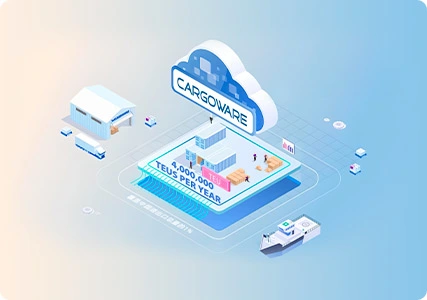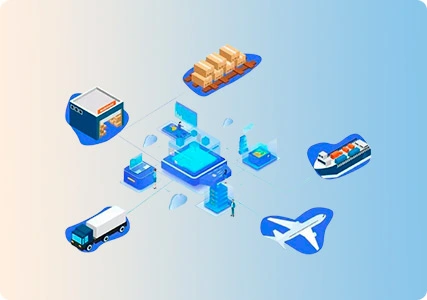
In the world of cross-border e-commerce, the journey of development has been characterized by digitization, enhanced customer experience, and the evolution of service processes. Today, we delve deeper into the history of this industry, its current state, and our vision for the future of the global supply chain.
Development of the Cross-Border E-commerce Industry
Over the past two decades, the cross-border e-commerce industry has evolved through different stages: the budding stage, the growth stage, and the mature stage.
During the budding stage (1999-2004), cross-border trade embraced the potential of the internet. However, limited global internet coverage restricted platforms to serve as online yellow pages, while transactions were still primarily conducted offline. The industry infrastructure was incomplete, and inefficiency prevailed.
The growth stage (2004-2015) witnessed rapid development as internet technology advanced. The emergence of the B2C e-commerce model fueled online shopping habits and prompted the rise of digital supply chain services. Transaction costs reduced, and efficiency improved.
Today, in the mature stage (2015-present), cross-border e-commerce platforms have achieved high degrees of digitization. Leveraging technologies such as artificial intelligence, big data, and cloud computing, these platforms offer comprehensive foreign trade services, including marketing, transactions, payment settlement, customs clearance, logistics, and financial services.
Current Situation of the Global Supply Chain
The Sino-US trade dispute and the "supply chain diversification" policy have spurred the relocation of certain industries from China to Southeast Asia. Factors such as rising labor costs in China and the presence of free trade partners in Southeast Asia make this shift reasonable. The trend of relocating industrial chains is expected to continue in 2023.
As Chinese foreign trade enterprises move their production chains to Southeast Asia, geopolitical tensions play a significant role in this supply chain reconfiguration. However, becoming an effective part of the supply chain requires advanced infrastructure, skilled labor, raw materials, technology, and government support. While Asian countries may offer cheaper labor, challenges like government instability and inadequate port infrastructure could redirect orders back to China.
Experts suggest that the ongoing supply chain adjustments are more of an "extension" than a complete shift. Multinational companies are diversifying their production locations but maintaining China as a primary manufacturing hub. For instance, products may be assembled in countries like India and Vietnam, while components are still sourced from China. Complex roots cannot be easily uprooted, making rapid changes within a few decades challenging.
Regional trade, particularly in Southeast Asia, continues to grow. While countries like Vietnam benefit from China's industry shift, their factories rely on Chinese raw materials and components. This deepens China's economic ties with other Asian nations and fosters intra-Asian trade diversification.
Rather than fixating on lost orders, a more beneficial approach is to expand the overall market. By optimizing resources and promoting the establishment of industrial clusters in Southeast Asia, we can alleviate excess capacity and extend the advantages of Chinese manufacturing to neighboring countries. This strengthens the bond between China and Southeast Asia, creating a positive cycle of growth.
In conclusion, the history of cross-border e-commerce showcases its progressive journey, and the global supply chain dynamics are evolving with industry shifts and regional trade patterns. By embracing these changes, we can drive resource optimization and forge a stronger partnership between China and Southeast Asia. Together, we shape the future of cross-border e-commerce and foster a thriving global supply chain community.










